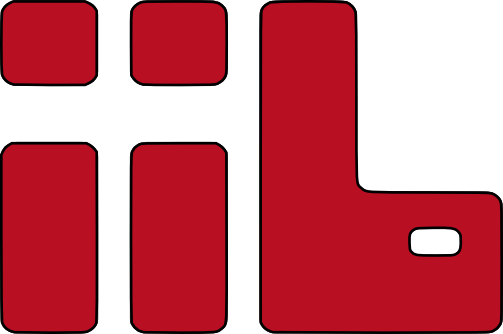Brandt, Sören: Analyse von technischen und wirtschaftlichen Nutzungsbarrieren digitaler Ingenieurmethoden im Lebenszyklus von Bauwerken – Anreizsystem für eine integrierte digitale Gesamtlösung am Beispiel BIM
Master thesis
Analysis of technical and economic usage barriers of digital engineering methods in the life cycle of buildings – incentive systems for an integrated digital solution using the example of BIM
The digital transformation of the construction and real estate industry brings a wide range of wholesale changes for the actors in the value chain. At the heart of these changes is the Building Information Modeling (BIM) methodology, which has gained increasing importance and enjoyed growing acceptance among actors in recent years. Building Information Modeling (BIM) is as a collaborative work methodology between the participating actors in the real estate and construction sector that covers the whole building life-cycle on the basis of a central data model.
However, the wide range of advantages which BIM offers in regard to efficiency enhancements as well as process and cost certainty are fully achievable only through the implementation of what is known as a High BIM, in which the BIM model is developed jointly by all planners. As part of this Masters thesis, experts were interviewed about their perception of the benefits offered by the BIM model. The findings indicated that the main advantages they saw in the methodology were quality improvements in planning and high transparency of work processes. Another benefit of the BIM methodology, which is linked to the barrier to implementation resulting from the fragmentation of services in the non-cooperative procurement variants, lies in the renaissance of cooperative procurement processes, in particular the whole-of-building life-cycle value partnership, which was given less attention and importance in the construction and real estate sector in recent years.
The literature research also revealed further possible technical barriers to implementation resulting from the interface problems of BIM software, and commercial barriers caused by lack of clarity on the liability aspects of the BIM methodology, data sovereignty and the interest in protecting parties‘ intellectual property, insufficient training and the Official Scale of Fees for Services by Architects and Engineers (Honorarordnung für Architekten und Ingenieure – HOAI). However, the HOAI as a barrier to the implementation of the BIM methodology is a subject of controvery among the interviewed experts.
In order to measure the contributions of the services of the producers to BIM VALUE ADDED, a methodology was developed using metrics from the methods used to describe information content in the BIM model, for BIM performance measurement and for software quality measurement with the aid of the goal question metric approach. The methodology measures the original BIM VALUE ADDED, which is directly generated using the 3-D models, and the derivative BIM VALUE ADDED, which can be derived from the models.
Using the method for quantifying the services of the actors in the BIM VALUE ADDED as a basis for measurement, an incentive-based remuneration system for the services of the actors was then conceptualised in the BIM model in a whole-of-building life-cycle value partnership. The remuneration system assigns four different remuneration types to the original BIM VALUE ADDED achieved by the actors and the derivative BIM VALUE ADDED, which are combined into a total remuneration. The developed remuneration system was then assessed on the basis of previously formulated requirements that theoretically appear to be met. However, extensive case studies will be required to be able to make a final statement on its feasibility. The last chapter documents the conception of the two demonstrators for visualising the BIM VALUE ADDED and for model-based input management.



